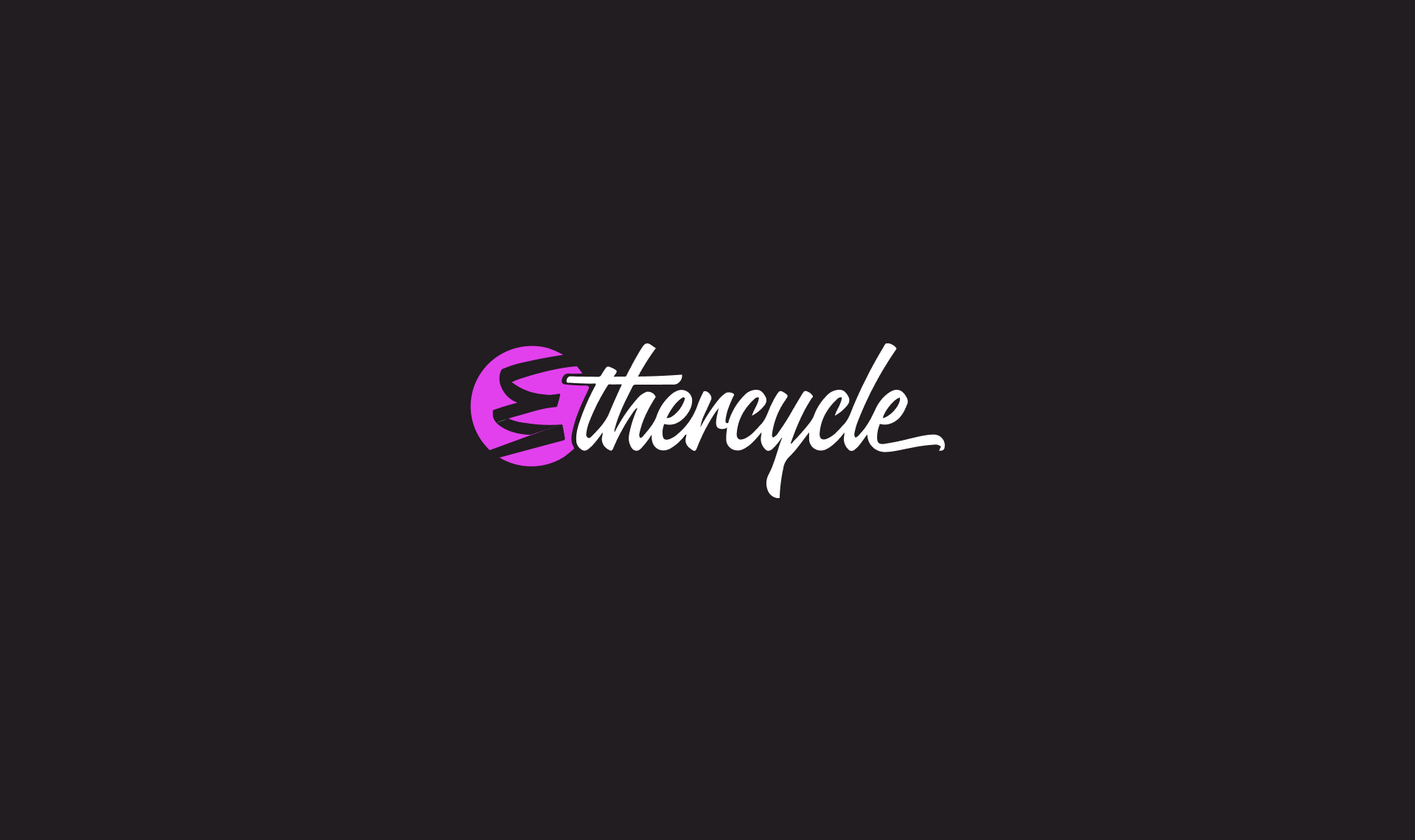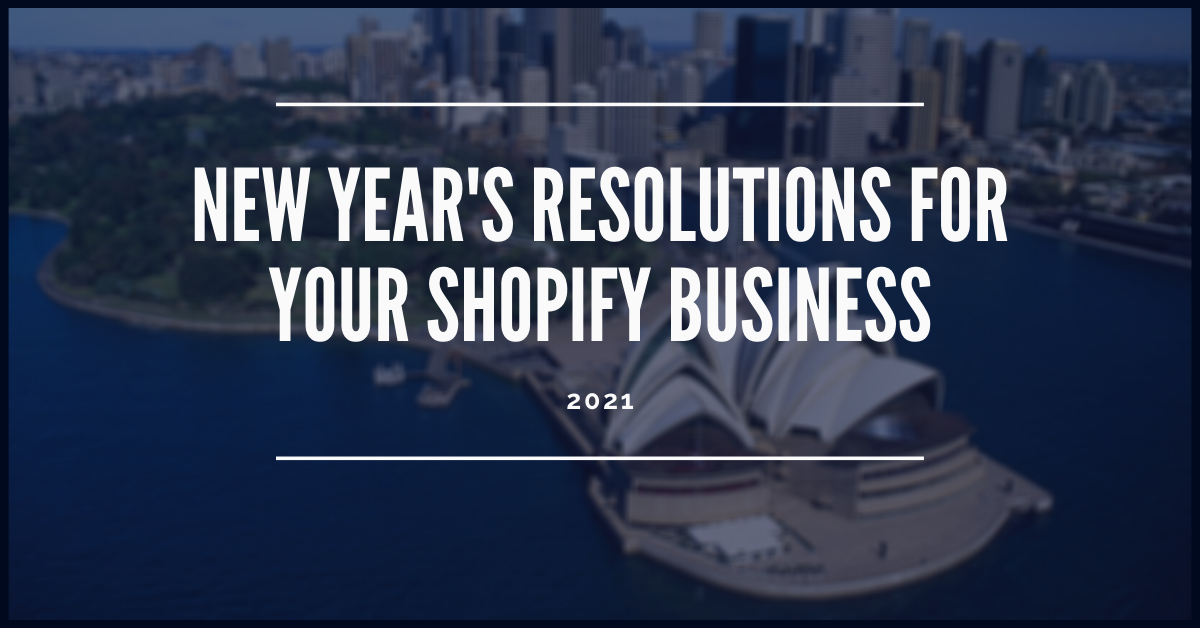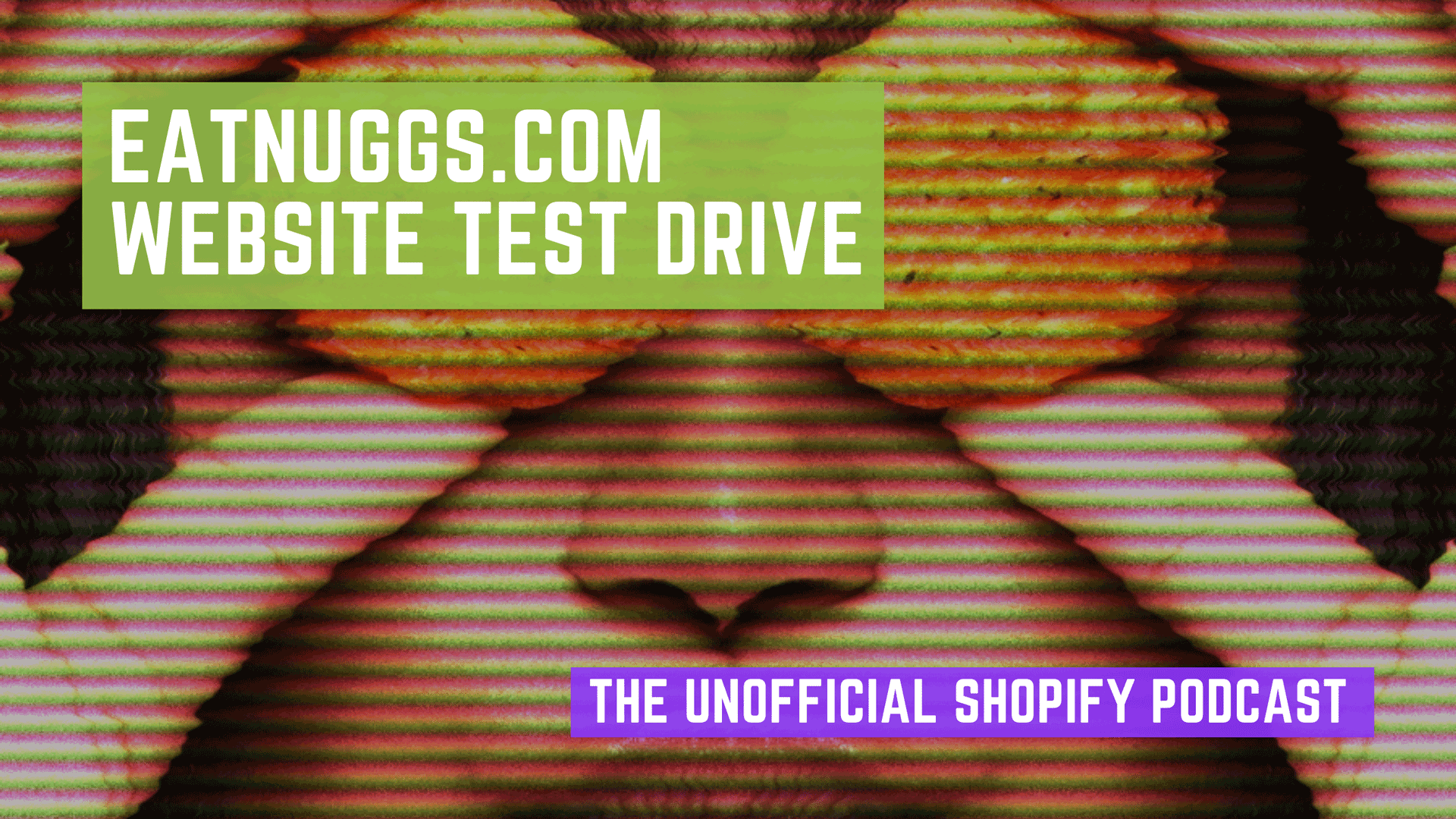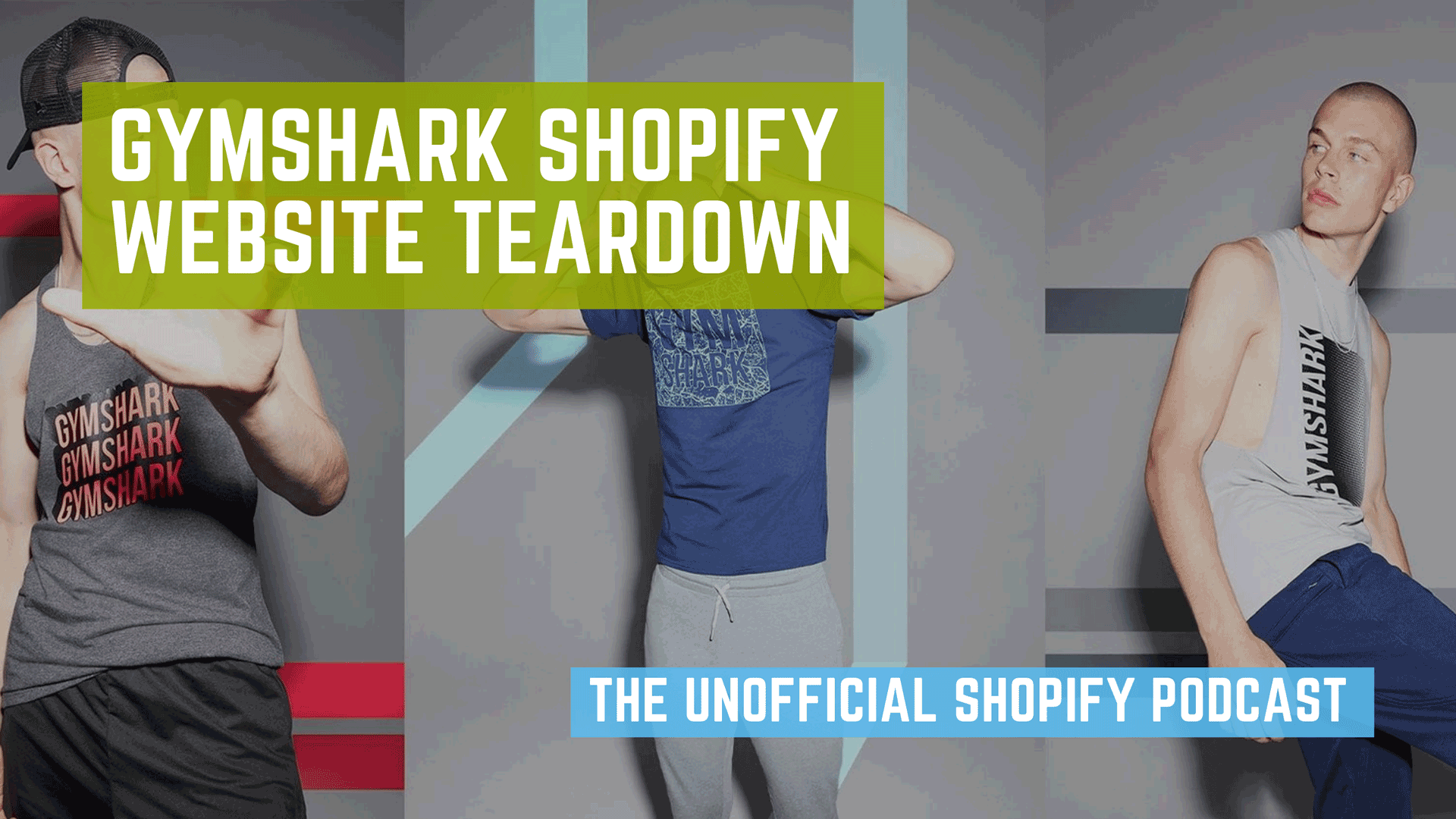Resolution One: Plant a content marketing garden as a SEO play
The best way to organically increase your website traffic is to get creative with the different types of high quality engagement pieces that fall under the umbrella of content marketing. These pieces could be blog posts, partnerships with influencers, reviewers or videos.
The key here is to remember that this won’t happen overnight. It takes time and work. Think of your blog posts as seedlings, you’re going to hit publish and nothing is going to happen until at least two months later when traffic starts showing up from Google.
Invest
Don’t underestimate the value of investing in good creative, especially when you need it to be curated and used across different platforms. One good piece of creative can generate excellent content, be repurposed and linked out across organic and paid channels.
Experiment
There are so many different channels it is impossible to nail all of them. Try out different mediums and find the one that works for you.
Be Consistent
Once you find the channel that works, be consistent. For example, podcasting was the tool that worked well for us and stuck. We have published a podcast every Tuesday since 2014 and it now has 1.4 million downloads. It takes time.
Beware of the snake oil SEO
You might see people promote SEO strategies such as, manipulating results with industry secrets to help you rank super high. Don’t fall for it! Necessary SEO support will make sure that your content is correct on your website so that when people view your page everything is being read properly.
Have a strategy to make money today and a strategy to make money tomorrow.
Since creating quality content for organic traffic is a long play, you are going to need to have some income strategies now. A great way to do that is with a newsletter. Even if your list has only 50 or 100 people on it, treat it and your business like the professional that it is. Build communication and promotional habits, because you can get those people to buy. You can get them to talk about the product and share it.
Resolution Two: Work on your brand story
A brand story that resonates in the voice and language of your customers will end up being the cornerstone of your marketing strategy. It will help you work through positioning, it will turn into your welcome story and I bet it will be one of your most effective email series.
Remember, you will naturally think and speak like a marketer, because this business is your baby. You need that natural language and core benefit from the person who is actually opening up their wallet to pay for your product.
But Kurt, how do I figure out the voice of my customers? A great place to start is with surveys. Ask them why they bought and how it makes them feel. It’s incredible because they will tell you how to market your product.
No customers yet?
If you don’t have any customers yet, start reading Amazon reviews, forums, subreddits or Facebook groups. You can start finding out how people talk about a similar product or problem that your product solves. You’ll start to notice recurring phrases and phrases you like. Pull that language for your brand story and it will make life much easier.
Easy win: After accumulating some results, take your customer’s voice and paste it into the headline of your website.
Recommendation: If you need some additional help coming up with the framework for this, StoryBrand can be helpful. There is a book, course and website that helps you develop your brand story leveraging the customer’s voice.
Resolution Three: Send more email
It’s often said in digital marketing that the value of the business is the list. The value is in the audience, because that list generates money. For most of our clients, email is the number one revenue channel.
You are in control
Social media channels can block audience reach or deny sends for a multitude of reasons. Even if something was just typed wrong. You don’t have the control in those scenarios to truly maximize the potential. Even if you are simply collecting and sending automated emails via your own list, you have the power to control that reach.
It keeps you top of mind
Email is what keeps you top of mind. If LEGO sends me an email and I had not previously been thinking about LEGO, now I’m thinking about LEGO. For a good number of people they send it to they’re going to say, “Oh yeah, I was thinking about ordering that thing.” and then just go do it.
Resolution Four: Utilize money as a tool to buy back your time
There are a lot of quality Shopify partners that can help you do pretty much anything you want in your store. By hiring someone to tackle projects or purchasing software automation tools, think of it as a way to buy your time back. This allows you to focus on the key priority areas that you love doing in your business and will help you continue to scale.
Resolution Five: Think long term and avoid shiny object syndrome
A lot of times business owners have so many ideas and jump from one to the next without being strategic about it. Pause and take some time to see the bigger picture. Be less myopic and think longer term.
Ask yourself the following questions:
- How is revenue being generated?
- Where is it coming from?
- Where is revenue falling with the opportunity to increase?
- How is the product being built?
These are the actual lynchpin foundations of the business, and don’t pay as much attention to the other stuff.
Pro tip: Be patient, businesses usually take two years to become profitable. Experiment with ideas, learn from them, double down on what works and revenue will incrementally grow over time.




